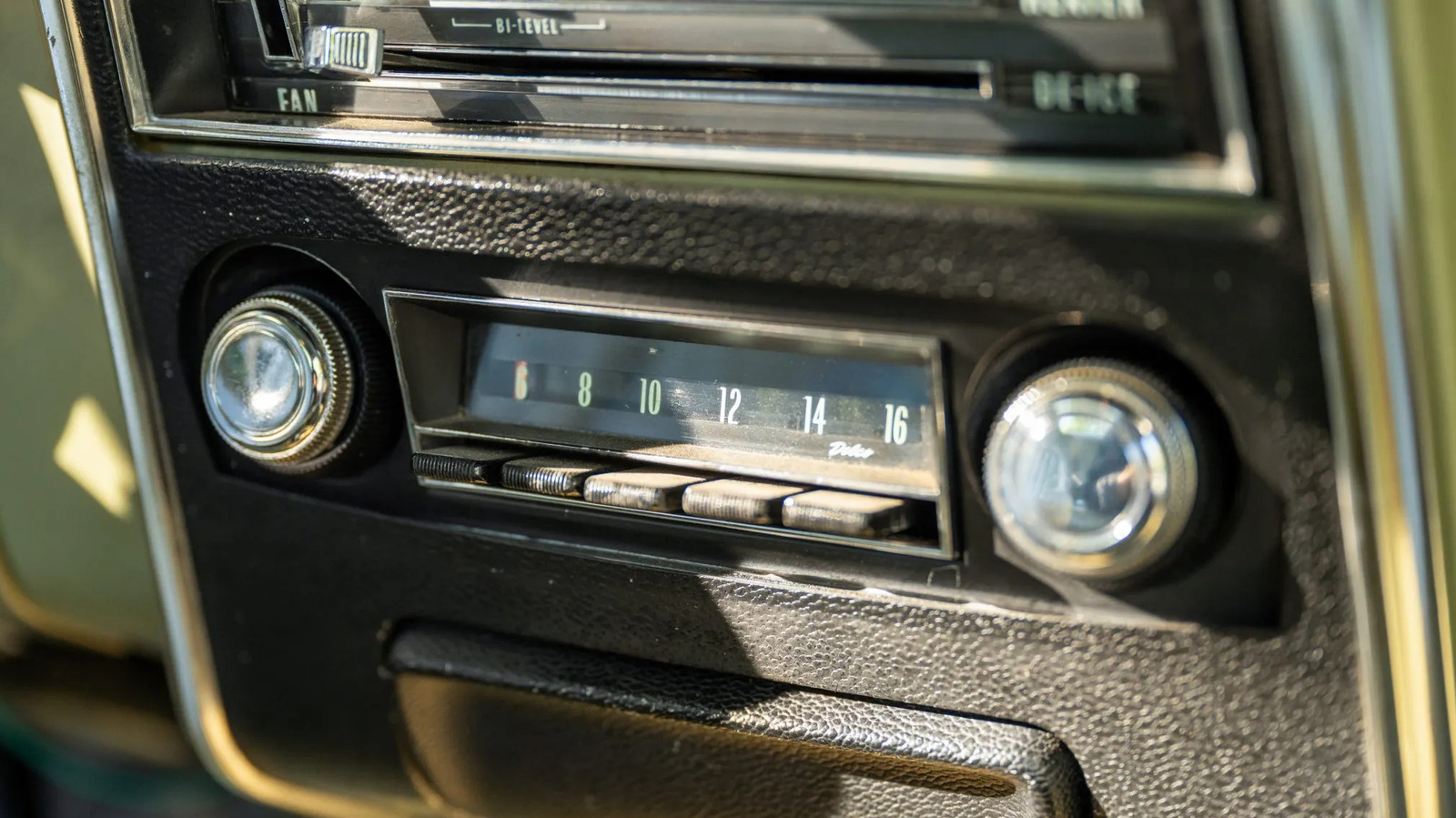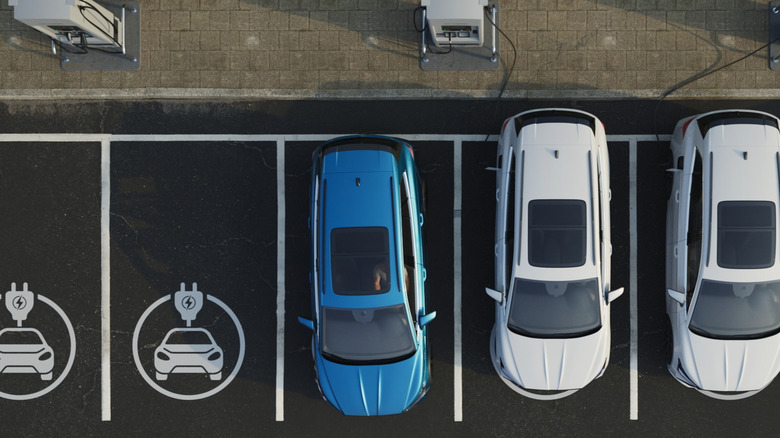EV interference turned AM into static
Electric motors don’t hate Conway Twitty; they hate physics. The high-current drive units and electronics such as inverters in today’s EVs spray interference across the lower half of the AM dial, drowning out weather alerts like a vuvuzela. Engineers say extra shielding of cabling is possible, just pricey and heavy affecting range. However, range anxiety is largely overblown and ranges of modern EVs are enough for the average driver — this just seems like a half baked excuse. Instead, most automakers decided the century-old band was expendable.
That decision has never sat well with regulators or radio lifers. Roughly 47 million Americans still tune in — many in rural dead zones. Senator Ed Markey blasted EV makers back in 2022 for sunsetting AM radio after surveying twenty brands; eight had already killed it outright, including Tesla and Rivian.
Congress tunes in, or is it tuning out?
Legislators let last session’s bill die in committee, but like a late-night talk host, AM keeps coming back. Representatives Gus Bilirakis (R-FL) and Frank Pallone Jr. (D-NJ) re-filed H.R. 979 in February; it now boasts 250-plus cosponsors and cleared its first House subcommittee in a single day. A companion in the Senate sailed out of Commerce on a voice vote, giving the Act a clear shot at floor time this summer.
Supporters — from former FEMA chiefs to country-music DJs — argue that no other tech punches through power outages, cell-tower jams, and canyon walls like old-school amplitude modulation. Critics call it an unfunded nostalgia mandate that adds weight, cost, and one more reason for buyers to ignore the base trim. It is reported that the AM radio mandate could cost automakers 3.8 billion dollars.
Until the bill lands, savor the static or yank that dusty pocket radio from the junk drawer and let your Bluetooth-addled hatchback know what real resilience sounds like — even if it needed government interference to live on.




